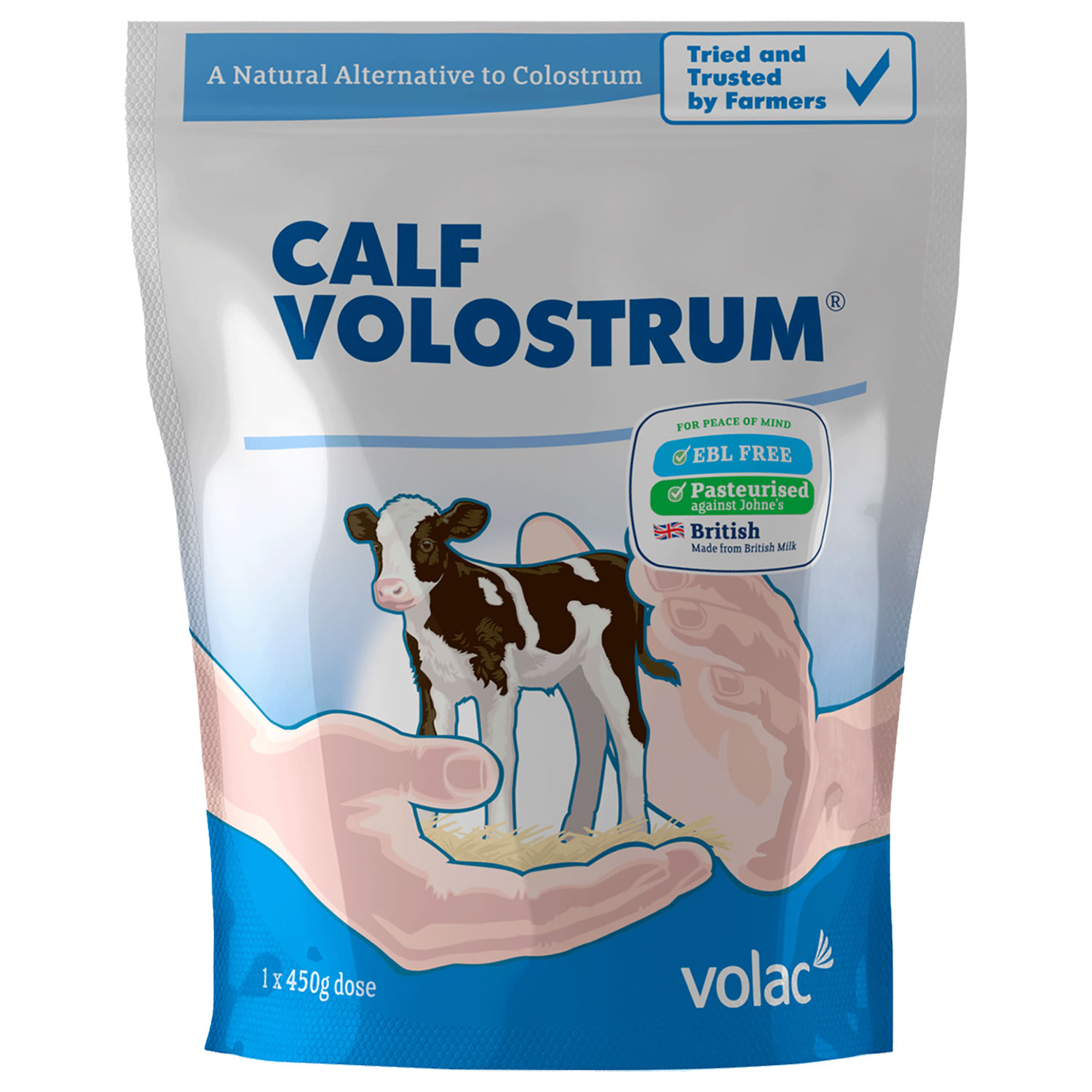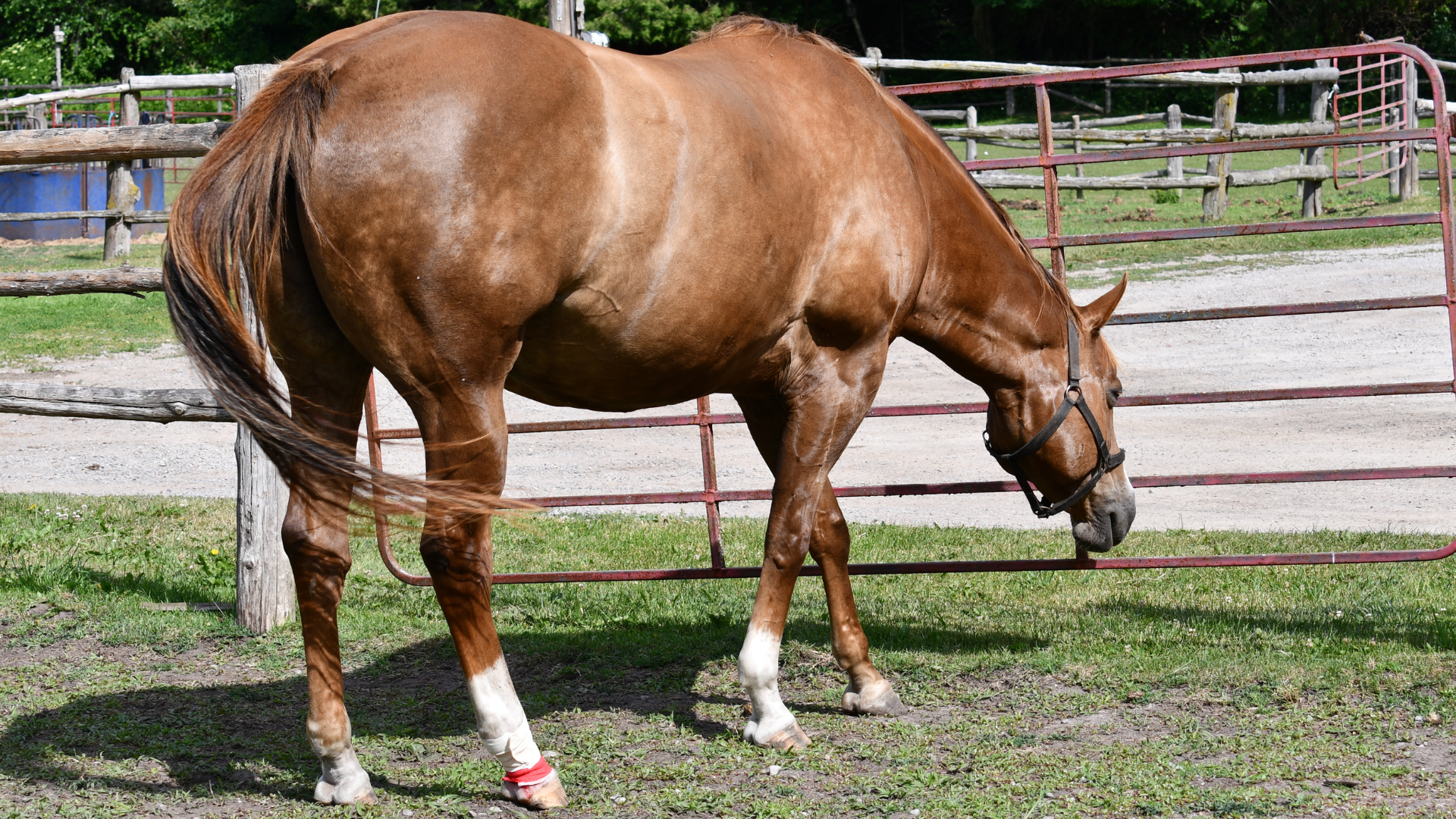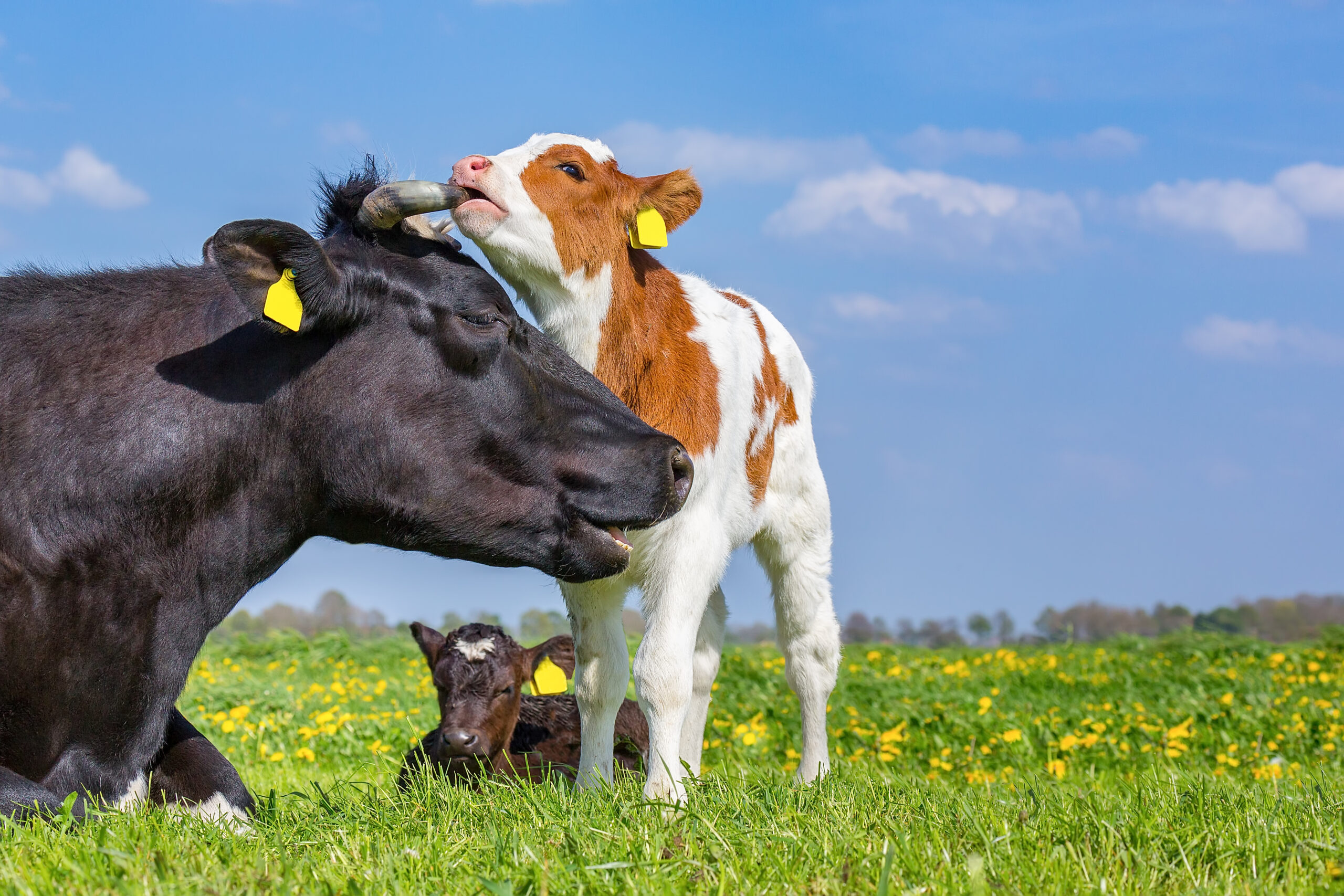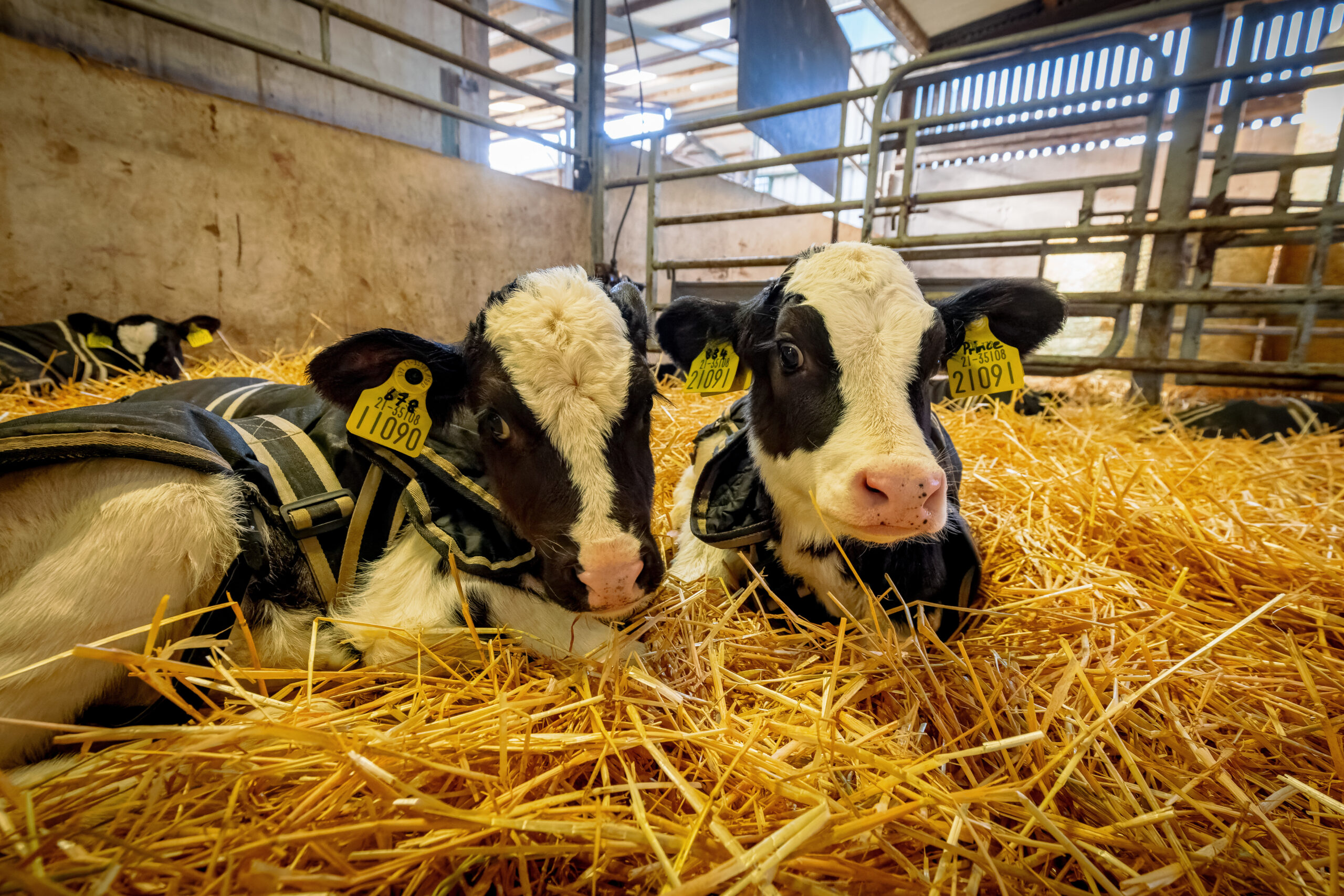
by Dr Jessica Cooke, PhD, BSc, Research & Development Manager, Volac Milk Replacers
Heifer calves reared on a concentrated whey protein-based milk replacer diet are younger at first calving and more fertile than those receiving lower-quality milk protein in early life.
Dairy heifers at AFBI Hillsborough in Northern Ireland fed different milk protein-based diets as pre-weaned calves in 2018-19 have been monitored from birth up until their third calving having monitored these animals on different milk protein-based diets as pre-weaned calves back in 2019.
The 2019 experimental study involved 80 Holstein Friesian calves fed four different milk replacers from birth until 56 days of age. The trial highlighted that well-formulated, high-quality milk replacers whether it is skim (at a high concentration) or whey-based deliver comparable animal performance.
This work clearly showed that the presence of skim – and therefore the clotting effect of casein – is not the fundamental element within a calf milk formula influencing optimum calf growth. There was no significant difference between the calf growth or health from the different milk replacer formulations. If the important milk components are processed correctly, both skim and whey proteins will be highly digestible by the high milk-fed pre-weaned calf and will deliver good performance.
Importantly though, good nutrition and calf performance are linked to more than just the type of dairy protein included in the finished milk formula.
Important differences in amino acid and fatty acid profiles, amount of lactose, vitamins, minerals and trace elements, processing conditions and overall digestibility also all contribute to calf performance.
What’s more, the data confirmed that high-quality pre-weaned calf nutrition favourably influences better lifetime productivity. What calves are fed pre-weaning certainly makes a difference as these heifers join the milking herd.
Although high-quality, concentrated whey protein-based (CWP) and a skim-based milk replacer will perform similarly in later life, some performance differences start to emerge when you compare calves fed CWP with those fed a lower quality, simple whey powder-based (WP) milk replacer (see table 1 below).
Table 1: Not all whey is the same
Calves fed milk replacer based on concentrated whey protein (CWP e.g. Imunopro ®) were younger at first calving compared with those fed milk replacer with whey powder (WP) as the primary protein.
| Imunopro® | Whey powder | |
| Number of heifers at first breeding | 5 | 6 |
| Services per conception | 1.4 | 2.0 |
| First service conception rate (%) | 3/5 (60%) | 3/6 (50%) |
| Age at first calving (days) | 729 | 751 (+22 days) |
| % calved by 24 months | 80% | 33% |
“Not only were the CWP fed calves five days younger than their counterparts at first breeding, but there were also some fertility differences. For example, the CWP-fed group only required 1.4 services per heifer, while the WP-fed group required 2 services per heifer. First service conception rate was better too in the CWP fed group (60%) versus 50% in the WP fed group.”
However, a particularly important performance difference starts to emerge when you compare the AFC data. On average, the CWP-fed calves calved first at 729 days of age, whereas the WP-fed animals calved down at 751 days – 22 days later. What’s more, 80% of the CWP-fed heifers had calved down by 24 months of age, as opposed to only 33% of the WP-fed heifers.
With AHDB figures suggesting each day delay beyond 24 months AFC costs you £2.87, this performance difference alone is worth £63.14 per heifer. Or, to put it another way, a £3,357 cost to the dairy farm business every year for a 200-cow herd with a 25% annual replacement rate.
This research confirms that high-quality early-life nutrition pays dividends and all calf rearers need to be far more discerning over calf milk replacer choice for rearing milking herd replacements. For example, if favouring a skim-based calf milk replacer, always look for a high (>60%) skim content. And always be cautious about how whey protein is described when comparing milk replacer bag labels.
Liquid whey from cheese production can be processed in a variety of ways, leaving different types of whey, including whey powder, delactosed whey and concentrated whey protein.
The different types of whey differ in both protein and lactose content. For example, whey powder only contains 12.5-13% protein, compared to concentrated whey protein, which typically contains 35% protein. Consequently, it’s important to realise that any whey powder in a finished milk formula will not contribute the same level of dairy protein to a calf compared with one based on concentrated whey protein, such as Volac’s Imunopro®.
Processing issues
It’s important to bear in mind too that the whey fraction of colostrum and whole milk contains valuable bioactive proteins (e.g. immunoglobulins and lactoferrin), which are not present in casein. These functional proteins are essential for calf health (supporting defence mechanisms) and influence the beneficial growth of the young animal.
However, care must be taken to minimise the protein denaturation of these valuable bioactive proteins during manufacture. Over 45 years ago it was shown that at processing temperatures of 85°C, over 60% of whey proteins were denatured within 30 minutes, whilst at 65°C only 15% of proteins were denatured1.
Fortunately, Volac’s modern low-temperature ultrafiltration process ensures that a high proportion of the naturally occurring immunoglobulins found in liquid whey are retained in the company’s latest finished whey protein concentrate-based milk formulas.
In summary, this means that when processed under carefully controlled conditions, both skim and whey protein concentrate-based milk replacers can deliver excellent calf performance and better lifetime performance potential – but, on the other hand, poorly processed milk-derived protein (be it skim or whey) can have very poor digestibility and increase the risk of health issues.
The key is to evaluate value for money carefully when purchasing a calf milk replacer. Look for a proven track record of performance and recognise that a precision-formulated product based on concentrated whey protein (e.g. Volac’s Imunopro®) will provide everything the modern, high milk-fed calf needs in early life – and deliver better lifetime performance.
To find out more

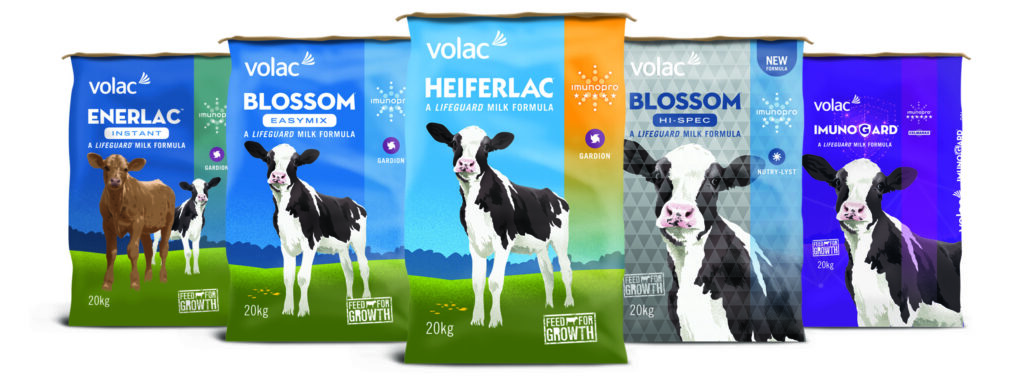
Feed for Growth – an initiative from Volac Milk Replacers to help farmers do the best for their calves and ultimately grow better cows. It’s an exciting programme providing practical advice, support, resources, and tools.


More about the author –
Dr Jessica Coake, Research & Development Manager, Volac
Dr Jessica Cooke gained a BSc in Zoology from the University of Leeds, followed by a PhD at the Royal Veterinary College, London, studying the impact of calf development on the subsequent fertility, productivity and longevity of dairy cows. She joined Volac in 2010 as a Young Animal Technical Specialist before progressing into Research and Development. She is responsible for the young animal R&D innovation portfolio, and the delivery of knowledge of both research and products to farmers, customers and key stakeholders within the dairy industry.
Reference:
- 1. Richert SH, Morr CV & Cooney CM (1974). Effect of heat and other factors upon foaming properties of whey protein concentrates. Journal of Food Science 39.
The article was originally posted in The Cube magazine, February 2024 issue. Click here to read the magazine.
